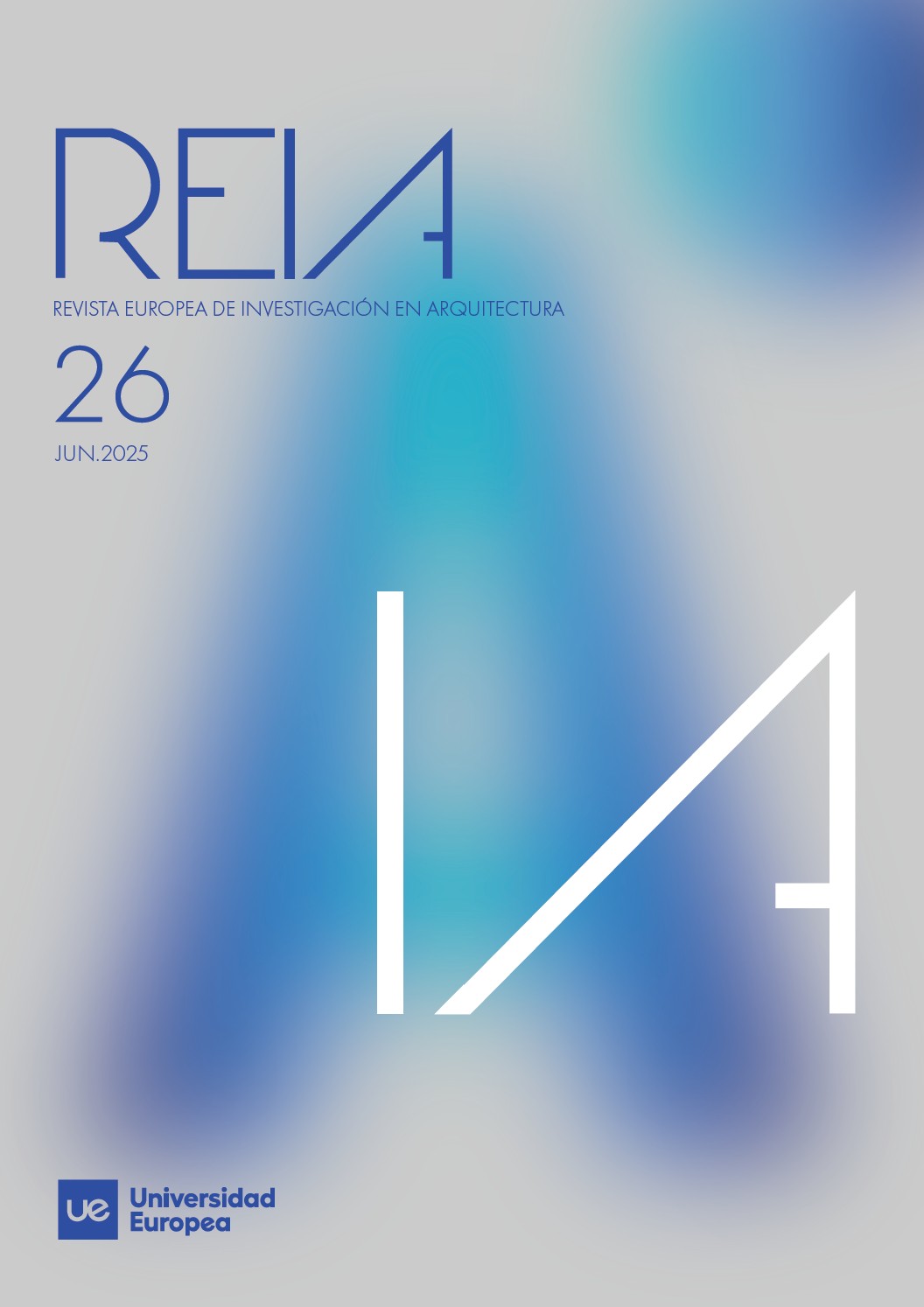Hand Representation in Paleolithic Sanctuaries of Spain and France
DOI:
https://doi.org/10.64197/REIA.26.1011Abstract
It is unsettling to contemplate the gesture of the Paleolithic man, leaving the imprint of his hand on the wall. The discovery of bear claw marks on cave walls will trigger the gesture of also leaving his own mark as a way of signaling territory. The sight of a handprint, left by a stained hand pressed against the wall—the spark of recognition of one’s own trace, the resemblance to the master animal from which the benefit of shelter and territorial marking had been learned— was the reason behind the later, now conscious act of perpetuating in stone that extremity auction, so distinctive, which is the hand. We consider that the owners of the hands depicted were not the ones who created the hand panels, but only the models. Hand representations are the oldest known artistic expression to date, created by Neanderthal artists Even assuming they were unaware of the possibility of preserving their work and memory, they transcended prehistory to become the first graphic artists to leave behind their creations as part of humanity’s artistic heritage.
Downloads
Downloads
Published
Versions
- 2025-07-31 (2)
- 2025-07-30 (1)






